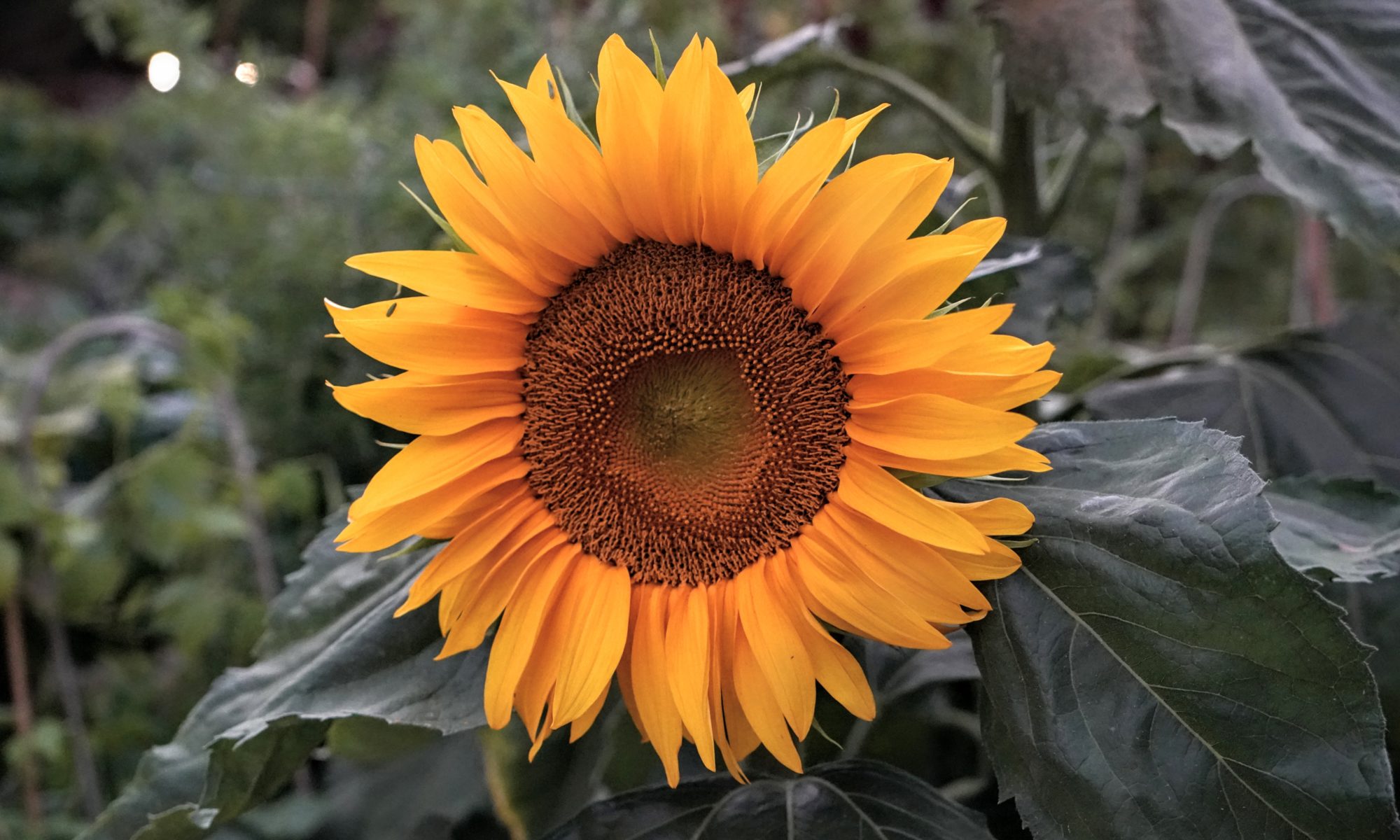
Ever grown amaranth in your garden? It turns out it is pretty easy to grow and is fairly drought tolerant. It is a hardy, high yield producing grain. The leaves and the seeds are edible. Young tender leaves are best for flavor and can be used as you would spinach or kale. The seeds can be soaked overnight and cooked as additions to cereals or with other grains. I personally like to grind it into a flour and add some to anything I am baking. It adds a nice nutty flavor. The grain is high in protein, B-6, and some key minerals like iron and magnesium.
I thought this would be a great addition to the Soil&Water garden to see it growing and participate in harvesting it too.
During our workdays last week we threshed and winnowed some amaranth to plant in the garden. This particular variety, rainbow amaranth, was originally shared with us by Common Ground Garden in Palo Alto. Soil&Water grew it at Viola’s garden (a former backyard garden) and had held on to it for just such an opportunity.



Last Wednesday, we took the dried stalks and threshed it using a hardware cloth mesh. Threshing simply means to separate the seed from the stalk. That was as straightforward as rubbing your hands across it.
To winnow (separate the seed from the chaff), we used a couple of bowls and allowed air to assist in the process. We didn’t need it to be too clean since we were just going to plant it.
Seeds can stay viable for quite awhile so fingers crossed this seed grows because the seeds have been sitting around for some time.

We broadcast the seed across one of the beds to plant it during Saturday’s workday.

This was a fun activity at the garden. There was some debate about whether all varieties of amaranth are edible but after some Google searching it appears that most varieties are edible. So consider including amaranth in your garden this summer and try it out. At the very least, it makes an interesting looking flower!
